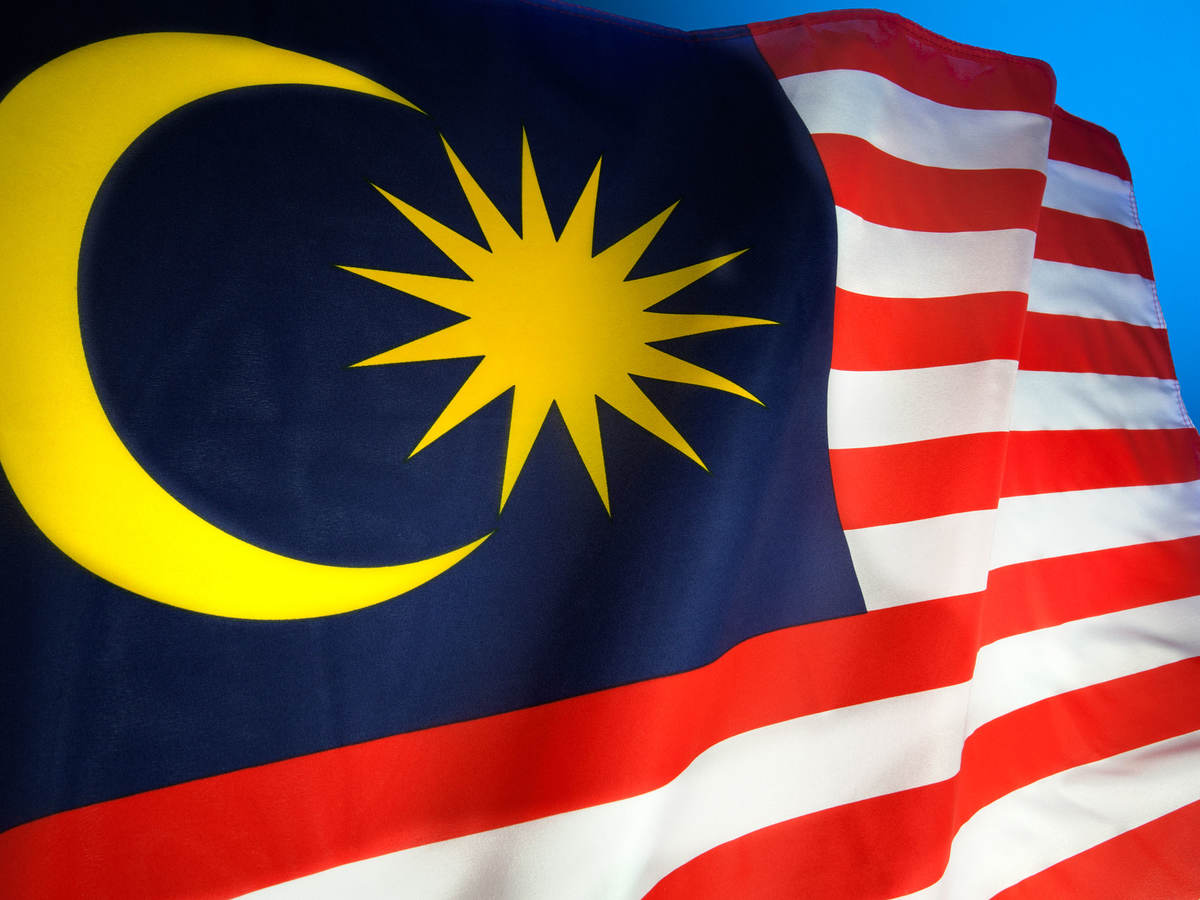February 6, 2024
By Amelia Boldrick
The Malaysia Medical Device Authority (MDA) released the first edition of its harmonized guidance document on post-market data exchange between member states of the Association of Southeast Asian Nations (ASEAN).
ASEAN Medical Device Directive
There are 10 ASEAN bloc members: Brunei, Cambodia, Indonesia, Myanmar, Laos, Malaysia, The Philippines, Singapore, Thailand and Vietnam. ASEAN’s primary objectives are regional economic strength and stability, though regulatory harmonization and its associated economic benefits also fall within the bloc’s purview. Harmonization in medical device regulation specifically is coordinated by the ASEAN Medical Device Committee (AMDC), which is responsible for the creation of the ASEAN Medical Device Directive (AMDD). The Directive represents an agreement between member states to harmonize the medical device regulatory frameworks in the region.
The MDA notes that following the 12th meeting of the ASEAN Medical Device Committee in Brunei in September 2023, member states ratified an identical version of the newly published MDA guidelines.
MDA/GD/0067 is aligned with its IMDRF counterpart
The MDA guidance, MDA/GD/0067, is adapted from the latest version of the IMDRF Medical Devices: Post Market Surveillance National Competent Authority Report Exchange Criteria and Report Form. Like the IMDRF guidance, MDA/GD/0067 outlines the circumstances and procedures for medical device regulators in ASEAN member states to exchange information about serious public health issues involving medical devices. However, the IMDRF restricts participation in its National Competent Authority Report (NCAR) exchange program to management committee members.
Examples of issues subject to member state information exchanges include adverse event trends, events involving actual or potential death or serious injury and events leading to or likely to lead to unanticipated public health threats.
The MDA guidance provides the same examples of situations that would be subject to information exchange as the IMDRF guidance, such as a large batch of contaminated eyedrops likely to be distributed in different countries, paralysis caused by the mechanical failure of a spinal implant and a problem causing an in vitro diagnostic test for HIV to return false negative results when the test is distributed worldwide, and in some cases, used to screen blood donors.
Except for minor differences in the terminology corresponding to form fields, the ASEAN information exchange report form in Annex A of MDA/GD/0067 is identical to the IMDRF NCAR exchange form.
Concluding remarks
This version of the guidance is intended for ASEAN use, and unlike previously released MDA guidance documents on vigilance and post-market surveillance, references the AMDD rather than the Malaysia Medical Device Act 2012, the Medical Device Regulations 2012 and the Medical Device (Duties and Obligation of Establishments) Regulations 2019.
We look forward to further developments in the ASEAN region and regulatory harmonization initiatives worldwide.
Request more information from our specialists
Thanks for your interest in our products and services. Let's collect some information so we can connect you with the right person.





